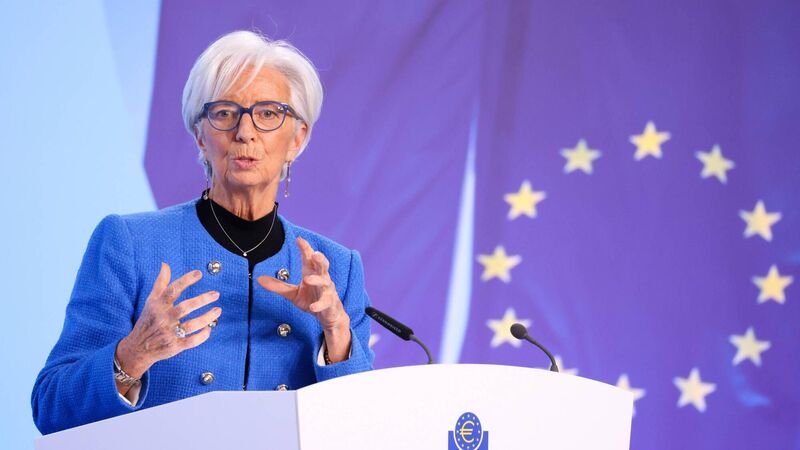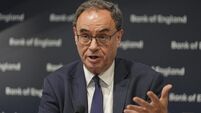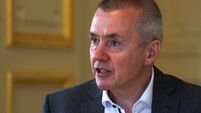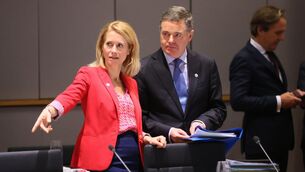David McNamara: ECB ready to take a pause on rate cuts

ECB president Christine Lagarde said the outlook was 'more uncertain than usual' against the backdrop of elevated trade tensions and geopolitical risks.
The ECB’s Governing Council meeting for June saw the central bank lower interest rates for a fourth consecutive time this year.
The deposit rate was lowered by 25bps to 2%, while the refinancing rate, which underpins tracker mortgage rates, was decreased to 2.15%. This marked the eighth 25bps rate cut since the ECB started its easing cycle in June 2024.
The decision to cut had a “broad consensus” but was not unanimous, with one Governing Council member dissenting on the rate reduction. Meanwhile, the somewhat hawkish tone to President Christine Lagarde’s press conference raises the prospect the ECB may now take a pause at current rates.
The Governing Council’s decision to lower rates was informed by the latest set of detailed macro staff forecasts. In terms of the outlook for headline inflation, the June forecasts saw downward revisions. This is mainly due to lower assumptions for energy prices and a stronger euro.
The ECB expects inflation to average 2% (was 2.3%) this year and 1.6% (was 1.9%) in 2026. For 2027, it sees inflation averaging 2% (no change). While the inflationary outlook is more benign, the factors which have dragged down inflation could also quickly unwind in the coming months.
In that context, still high core inflation — expected to average 2.4% in 2025 — should give policymakers pause for thought, with ECB rates now well within the neutral range.
Nonetheless, the ECB also commented it viewed the risk to its economic outlook as remaining tilted to the downside. Ms Lagarde said the outlook was “more uncertain than usual” against the backdrop of elevated trade tensions and geopolitical risks.
Indeed, given the heightened uncertainty regarding trade policies, the ECB also published alternative scenarios. In the further-escalation-of-trade-tensions scenario, GDP and inflation are projected to be weaker, which would provide scope for further rate cuts.
However, in a trade-resolution scenario, growth and inflation would be slightly stronger, negating the need for further rate cuts.
Given the heightened trade uncertainty at present, this may be the last cut for some time from the ECB. Ms Lagarde remarked on several occasions the central bank was in a “good position” regarding its current interest rate levels to “face uncertainty” over the coming months.
In terms of market expectations, futures contracts indicate investors expected ECB would be about 7-10bps higher in the aftermath of Thursday’s policy announcement.
Current pricing suggests traders do not now expect another rate cut until December, with the deposit rate ending the year at 1.75%.
- David McNamara is chief economist with AIB









